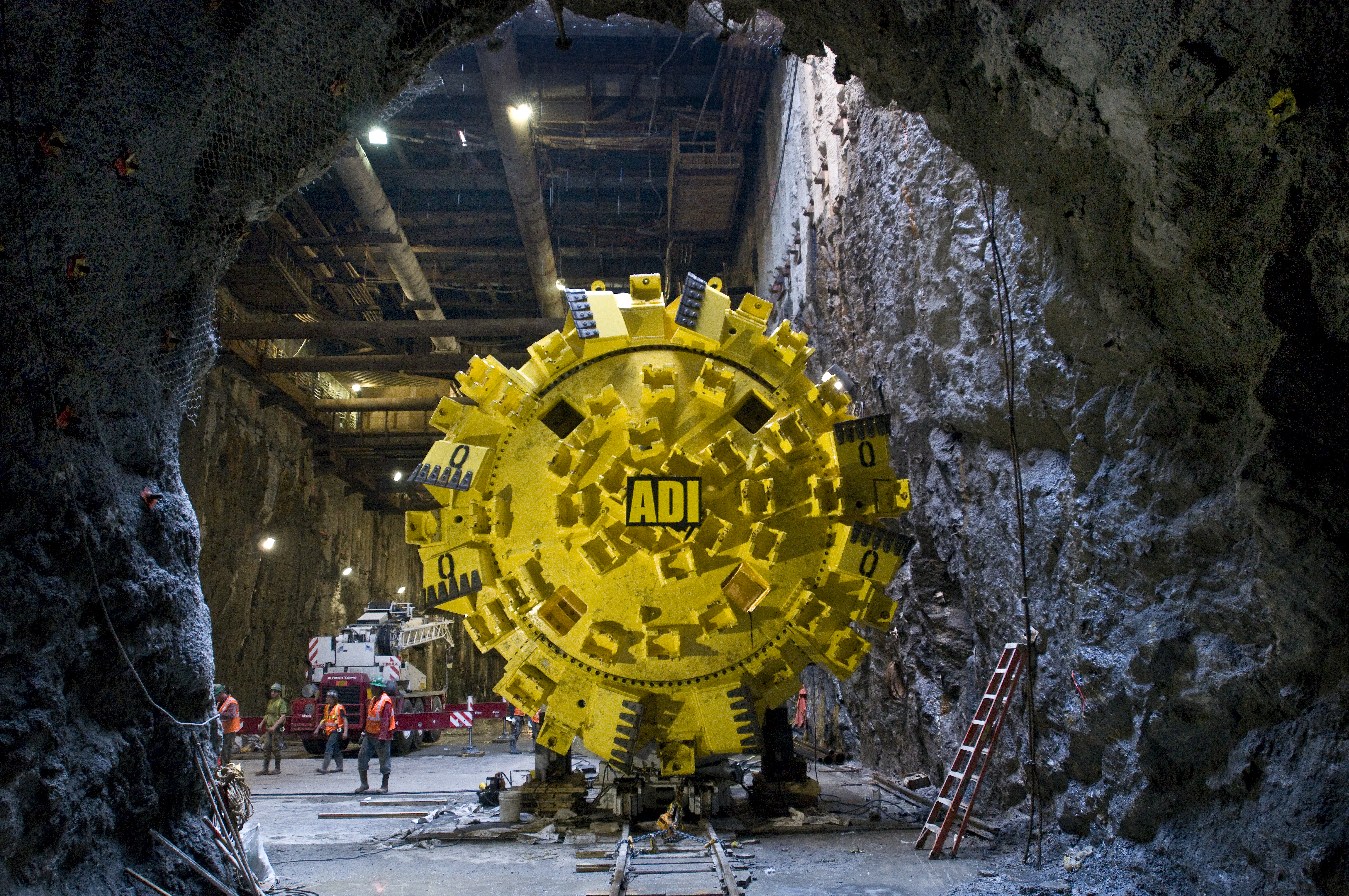Second Avenue Subway Extension Gets a $2 Billion, 700-Ton German Upgrade in East Harlem

The next phase of New York’s Second Avenue subway—enabled by a gargantuan German-made tunnel boring machine—portends both relief and risk for a city where mass transit and megaprojects tend to collide.
A machine that weighs as much as 100 adult elephants will soon burrow beneath East Harlem, reshaping the city as completely as any mayor. Last week, the Metropolitan Transportation Authority (MTA) awarded a contract worth nearly $2bn for the next stretch of the long-promised Second Avenue subway. At its heart lies a 700-ton, European-built tunnel boring machine (TBM)—a technological colossus set to extend the Q line three stations north from 96th Street as part of the system’s second phase.
The news, celebrated by transit planners and long-suffering riders alike, signals the looming arrival of the TBM in 2027. Shipped in pieces from Herrenknecht, a German engineering firm, the machine will be painstakingly lowered into a launch pit at Second Avenue and 120th Street, where a three-month assembly will precede its mechanised tunnelling towards 125th Street. This behemoth, stretching nearly the length of a city block, does not merely chew through bedrock—it will also line the new tunnel in real-time with pressurised slurry, stabilising East Harlem’s sandy underbelly and sealing the walls with clay and cement.
For New Yorkers, many of whom have grown entrenched in the city’s byzantine transit delays, the prospect holds out unusual hope. Jamie Torres-Springer, the MTA’s construction chief, concedes that the agency floundered during the subway’s first extension into the Upper East Side, with patchy geological analyses and an older, less capable boring machine contributing to budget overruns and a finish lagging years behind schedule. This time, officials are betting big on adopting “industry standard” kit and tactics—models widely implemented abroad but rarely embraced with gusto by American public agencies.
The MTA pronounces these machines more efficient and, crucially, more cost-effective, with boring speeds projected at up to 40 feet per day—paltry by Shanghai or Seoul standards, perhaps, but a brisk pace given the city’s sclerotic history of subway construction. These improvements bode well for both the agency’s finances and the neighbourhood’s patience, sparing residents the purgatory of open-trench construction sites that can drag on for years and sap local commerce.
Yet, as with all things MTA, the devil squats in the details. The logistics of breaking ground beneath dense city blocks—lowering, assembling, and maintaining a barge-sized machine well out of sight—are, in the words of NYU engineering professor Magued Iskander, “the hardest part” of the entire operation. Even with best-in-class technology, one underestimates Manhattan’s soil conditions at one’s peril: the first phase of the project foundered, in part, because the city’s subsurface is as unpredictable as its politics.
If all goes to plan, the extension will tangibly improve the public sphere. East Harlem, a working-class enclave, will gain faster access to jobs, schools, and healthcare, and shed its unsought title as a transit dead zone. Property values along the new route are poised to rise, though the city must ensure that displacement does not become the tunnel’s most durable legacy.
The economic impact of even partial completion is buoyant. A 2023 report from New York’s Independent Budget Office estimated that for every dollar spent on subway expansion, the metropolitan area reaps $2–3 in productivity gains over two decades. In a city where 80% of workers rely on mass transit, incremental improvements yield compounding benefits, reinforcing New York’s claim as a global capital.
Broader ripple effects are equally intriguing. The adoption of Herrenknecht boring machines mirrors similar moves across the Hudson, where Gateway Project crews will soon deploy analogous kit for new tunnels beneath the river—another bottleneck besetting the region’s transport arteries. Internationally, European and Asian cities manage to complete such undertakings on firmer schedules and at a fraction of the per-mile cost; Paris’s Grand Paris Express spends about $300m per mile, compared with New York’s eye-watering $1–2bn. The embrace of off-the-shelf industry standards may hint at a tentative learning curve for American infrastructure management—though history counsels modest expectations.
Learning to dig smarter
The question is whether a new machine really signals a systemic shift. The city’s capacity to wring lasting efficiencies from imported technology remains unproven. The MTA’s promised savings will materialise only if governance, procurement, and political discipline hold as steady as German engineering. This is not to begrudge ambition, but to note that New York’s cost inflation owes as much to institutional bloat as to technical backwardness.
For now, local pols will tout the TBM as evidence that government can, on occasion, get big things done. Skepticism lingers. We have seen decade-long delays and ballooning budgets reduce public confidence in grand designs, especially when the benefits accrue to a select few. Yet we are equally aware that without bold, disruptive investment, the city risks sluggishness in an era when rapid, reliable mobility is a precondition to prosperity.
If managed wisely, the TBM’s work in East Harlem could fortify the case for further updates—from Brooklyn’s long-mooted Utica Avenue line to the creaking PATH tunnels in New Jersey. But we should beware of framing engineering prowess as panacea. No amount of Teutonic muscle will redeem a process beset by patronage, piecemeal funding, or NIMBY obstruction.
In the end, New York’s fate will be shaped as much by the diligence of its tunnellers as by the resolve of its leaders to keep the city open—physically, economically, and politically. The arrival of a 700-ton digger is not quite a revolution. But it is a rare opportunity to bury old habits while unearthing new potential, in a city that still aspires to move up in the world. ■
Based on reporting from Gothamist; additional analysis and context by Borough Brief.